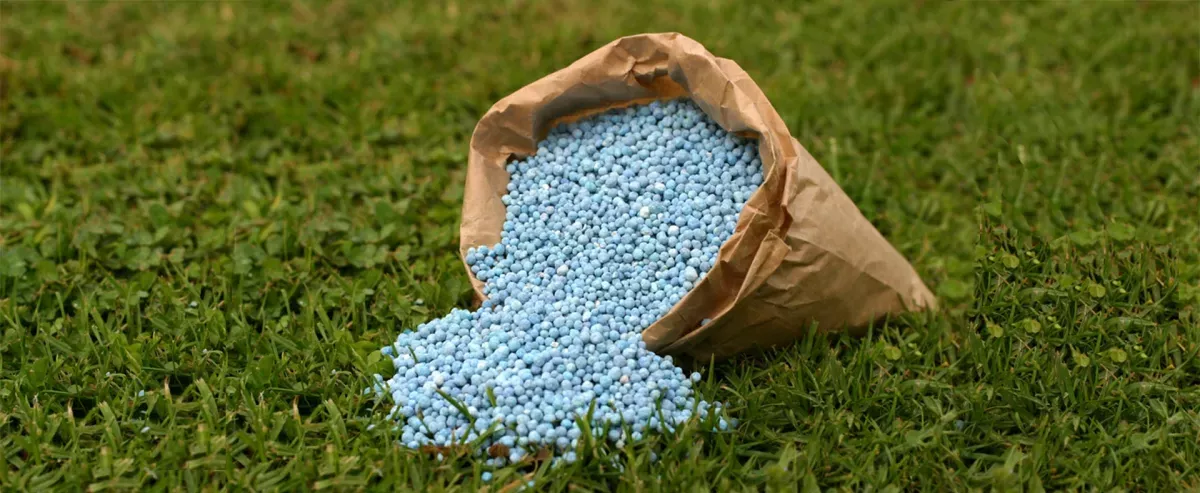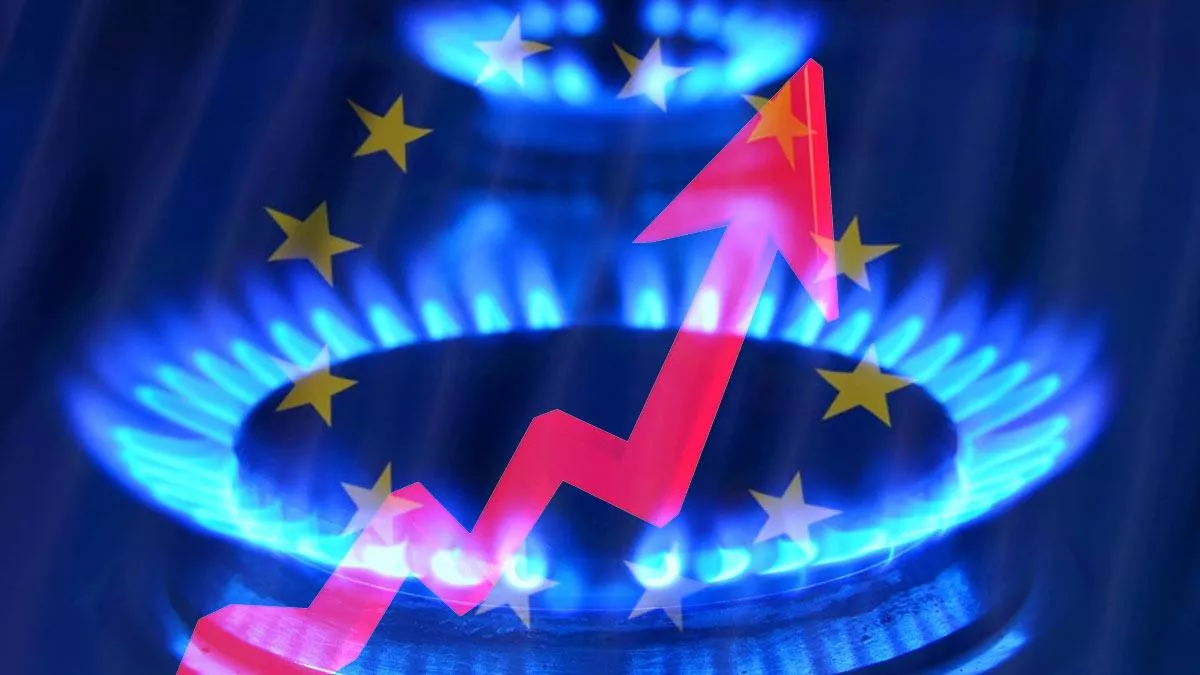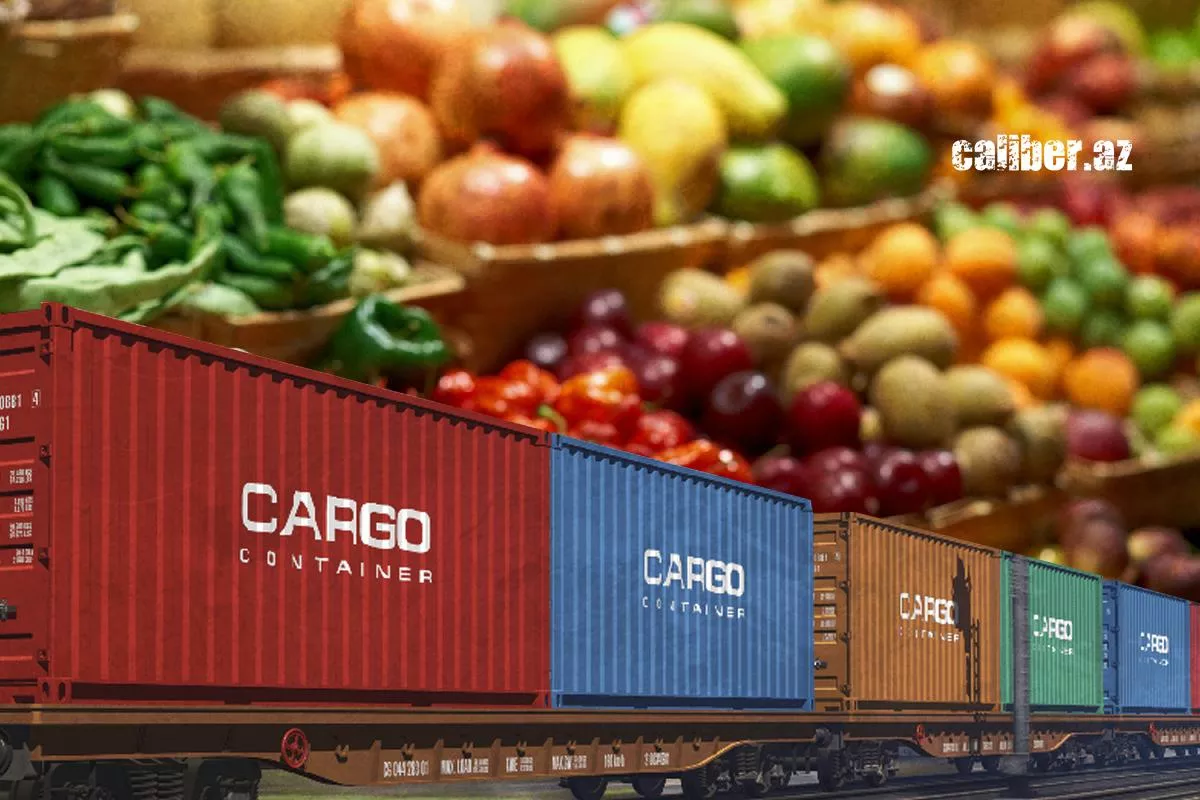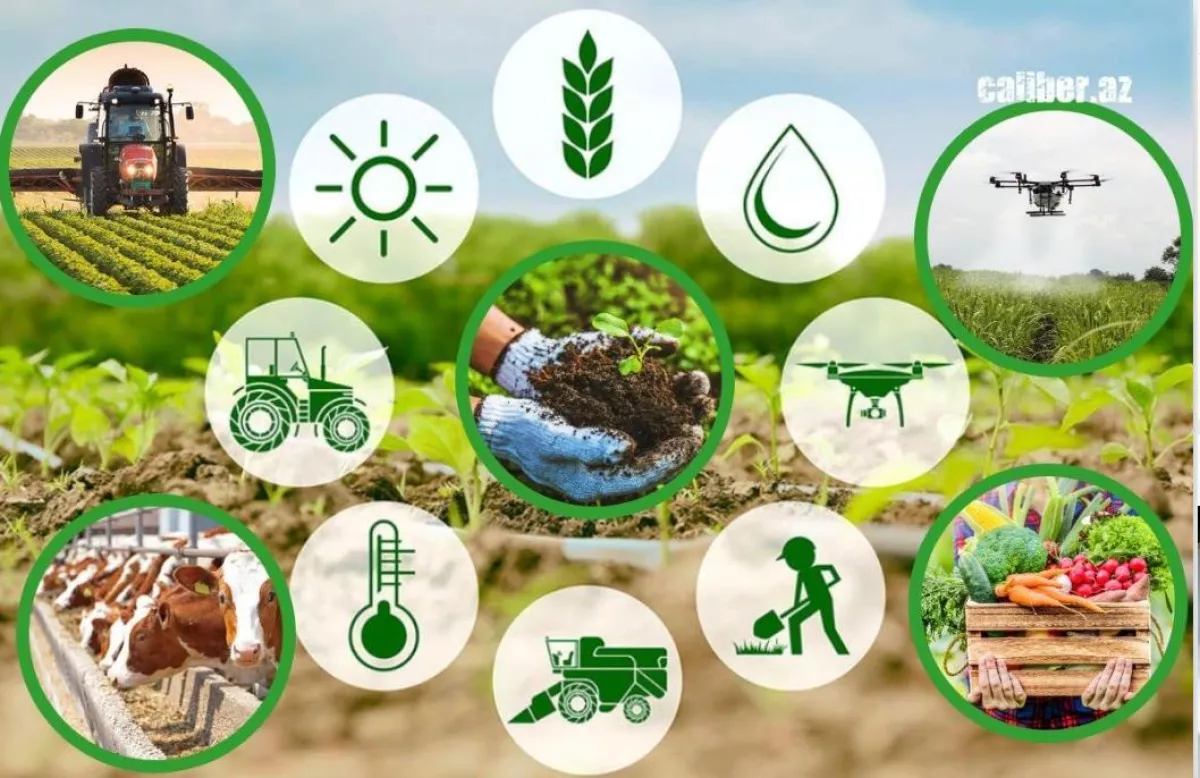“Made in Azerbaijan” shines: National non-oil exports gain momentum in 2025 Boosting beyond oil
The tensions seen in global markets since the beginning of the year, fueled by intensifying tariff wars, have caused widespread supply chain disruptions, heightened fluctuations in commodity and raw material prices, negatively impacting international trade. Despite these challenges, Azerbaijan, which is aiming to boost its non-oil exports, has managed to overcome last year’s downturn and is confidently expanding its trade in agricultural and industrial products.
In this vein, according to recent data published by the Centre for Analysis of Economic Reforms and Communication (CAERC), exports of local non-oil products increased by nearly 12 per cent in January–May 2025.
The consequences of the 2023 global recession still continued to weigh on the world economy last year, acting as a lingering drag on international trade. Overall, export figures had been declining for the past two years in Azerbaijan as well, affecting not only the oil and gas sector but also several branches of agriculture and industry.
This year, the majority of forecasts from the International Monetary Fund (IMF) and the World Trade Organization (WTO) have been largely negative: experts believe that trade wars and the new OPEC+ policy aimed at expanding oil production, will increase volatility in commodity markets, reduce trade turnover, and, consequently, slow the dynamics of global production.
However, despite the increasing global negativity and another round of trade wars, Azerbaijan’s foreign trade indicators remained stable in the first third of this year, with noticeable growth in several areas. According to data from the State Customs Committee, Azerbaijan conducted trade operations with foreign countries totalling approximately $16.917 billion in January-April 2025, which is 24.1 per cent higher than the same period last year.
Notably, during the reporting period, Azerbaijan managed to stabilise its oil exports after two years of declining production and shipments. Around 8.2 million tons of oil worth $4.56 billion were sent to 17 countries, marking a 4.5 per cent increase compared to the same period last year. However, exports of petroleum products fell by 10.9 per cent in volume over the first four months of the year, totalling 160,400 tons. A positive exception was the export of urea fertilisers, which reached $63.5 million — an increase of 92.4 per cent compared to the same period last year.

At the same time, Azerbaijan was able to significantly increase its exports of “blue” fuel, primarily to western markets. According to data from the State Customs Committee, the volume of natural gas declared at customs over the four-month period reached 8.16 billion cubic metres, valued at $3.065 billion, representing an 11.1 per cent increase.
This is an important indicator, as gas exports accounted for 34.9 per cent of the country’s total export volume during the reporting period. It is quite evident that the improvement in the energy supply segment has had a very positive impact on the dynamics of trade turnover between Azerbaijan and the countries of the European Union (EU). In particular, the total trade turnover with EU countries reached $7.189 billion in January-April, with Azerbaijani exports exceeding $6.234 billion, increasing by 38 per cent year-on-year.

Notably, Azerbaijan has identified the diversification of foreign trade, with the aim of increasing the share of non-oil exports, as a long-term priority. To achieve this, the country has established an export-oriented special economic zone, about a dozen technology parks and industrial districts, as well as nearly fifty agro-parks, including some in the Karabakh region.
All these initiatives are aimed at accelerating Azerbaijan’s industrialisation and boosting its export capacity. Thus, in 2011, the non-oil sector made up 49 per cent of the country’s GDP, but by the end of 2024, this share had grown to 68 per cent.
According to the medium-term development strategy for 2022–2026, Azerbaijan aims to increase its non-oil exports by 1.8 times and non-oil GDP by 1.3 times by the end of 2026, with the total volume of non-oil exports expected to reach $5.3 billion by 2027.
However, expanding non-oil exports is a complex challenge that depends on external market conditions and demand dynamics in partner countries—primarily within the post-Soviet region. In particular, the negative trends of the past two years have not always supported growth in non-oil exports. For example, in 2024, the value of domestic agro-industrial product shipments reached $3.4 billion, showing only a minimal increase of 0.3 per cent year-on-year.

To overcome these lingering challenges, Azerbaijan must address several tasks, including increasing the production of competitive non-oil products that meet international standards. This goal is being successfully achieved: last year, the non-oil sector grew by 6 per cent, with the non-oil industrial segment showing positive growth of 7 per cent.
In recent years, the Azerbaijani Export and Investment Promotion Agency (AZPROMO), along with trade missions, has been actively organising presentations and seminars. They also facilitate the participation of local agricultural companies and small and medium-sized businesses in international exhibitions and forums. Additionally, they provide consulting services to help businesses understand target markets and navigate international certification processes. To support these efforts, the national brand "Made in Azerbaijan" is being promoted.
AZPROMO’s priority is to expand agro-industrial product sales into new markets, including Eastern Europe, the broader European Union, and especially countries in the Persian Gulf, the Middle East, and North Africa.

These efforts are starting to pay off, and the non-oil export sector has seen significant improvement this year. According to recent data from the CAERC, agro-industrial exports reached $1.4 billion in January–May 2025, marking an 11.6 per cent increase.
During this period, exports of domestic agricultural and agro-industrial products grew by 14 per cent in value, totalling $446.7 million. Specifically, exports of sugar increased by 30.1 per cent, fruits and vegetables by 19.1 per cent, cotton yarn by 14.5 per cent, and ferrous metals and related products by 11.3 per cent.
With the global prices of precious metals rising sharply, this export segment also hit new highs: according to CAERC’s May “Export Review,” Azerbaijan exported $95.4 million worth of gold from January to April—a threefold increase compared to last year.








